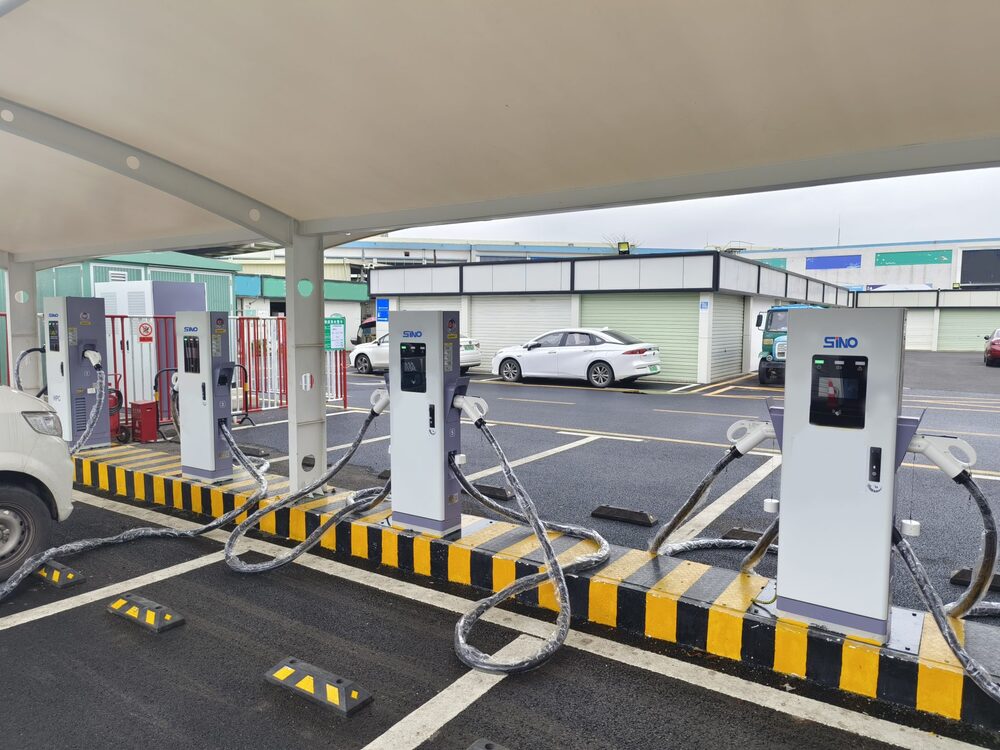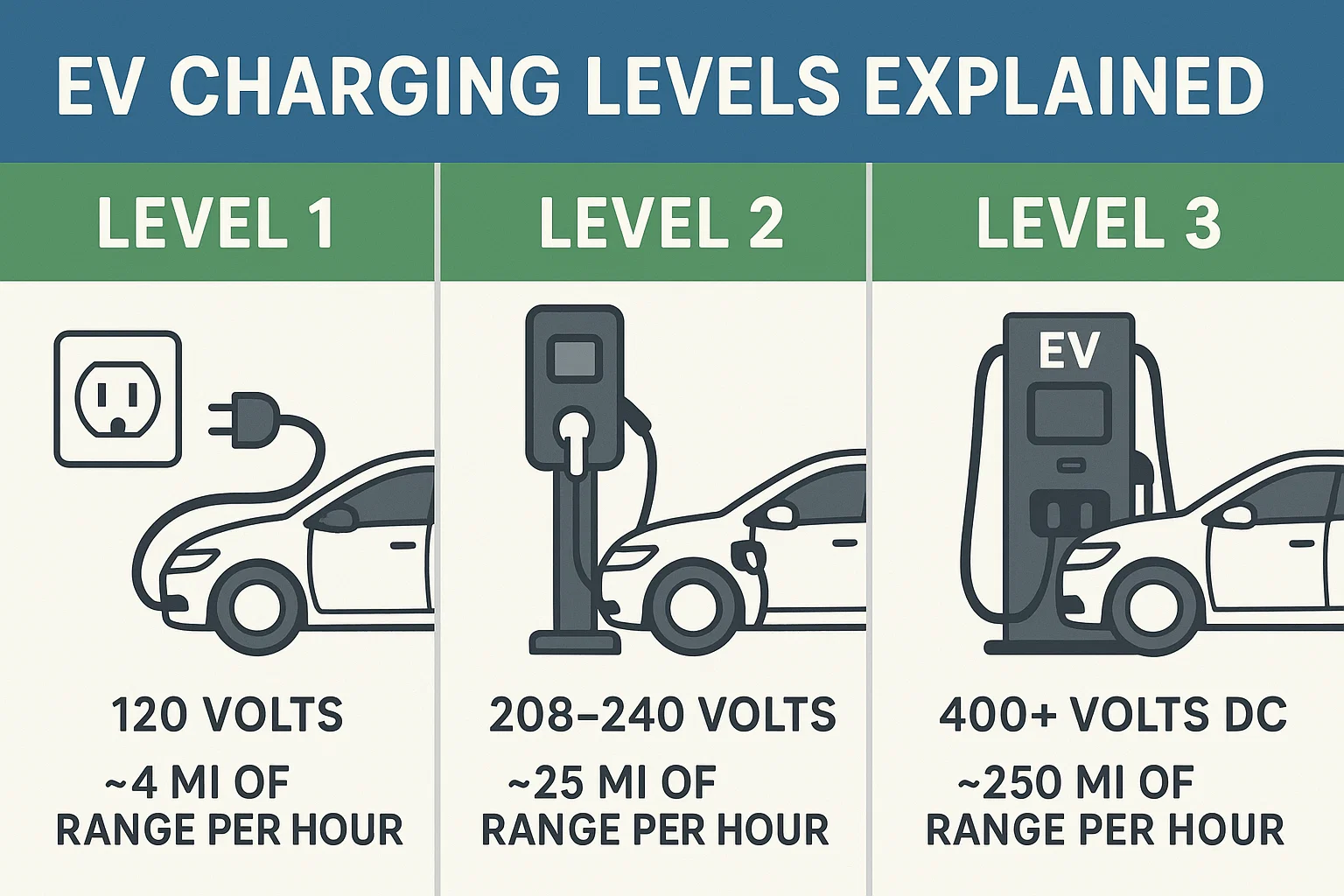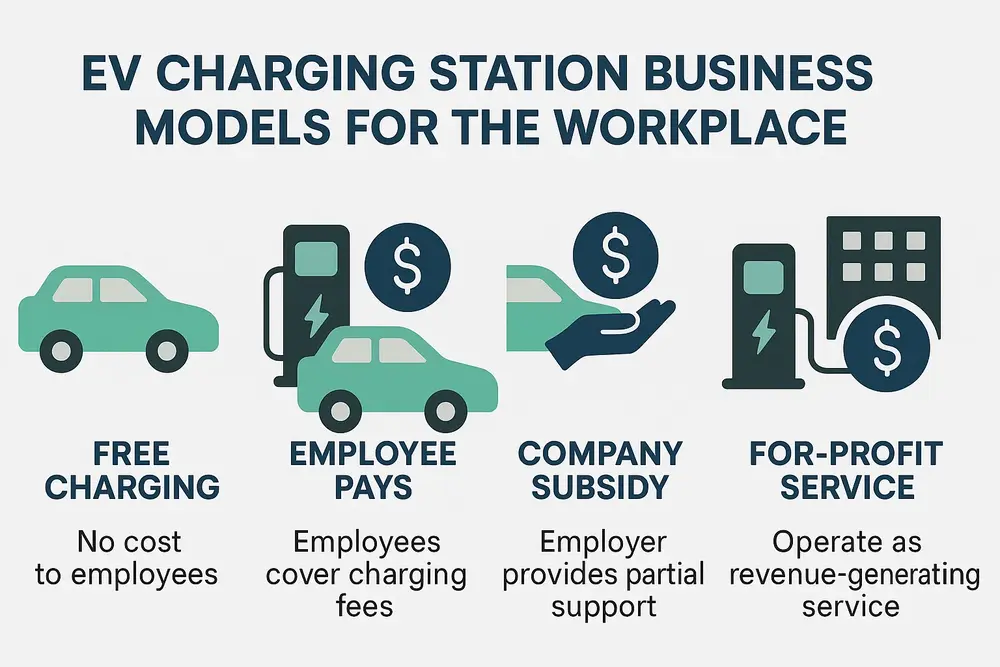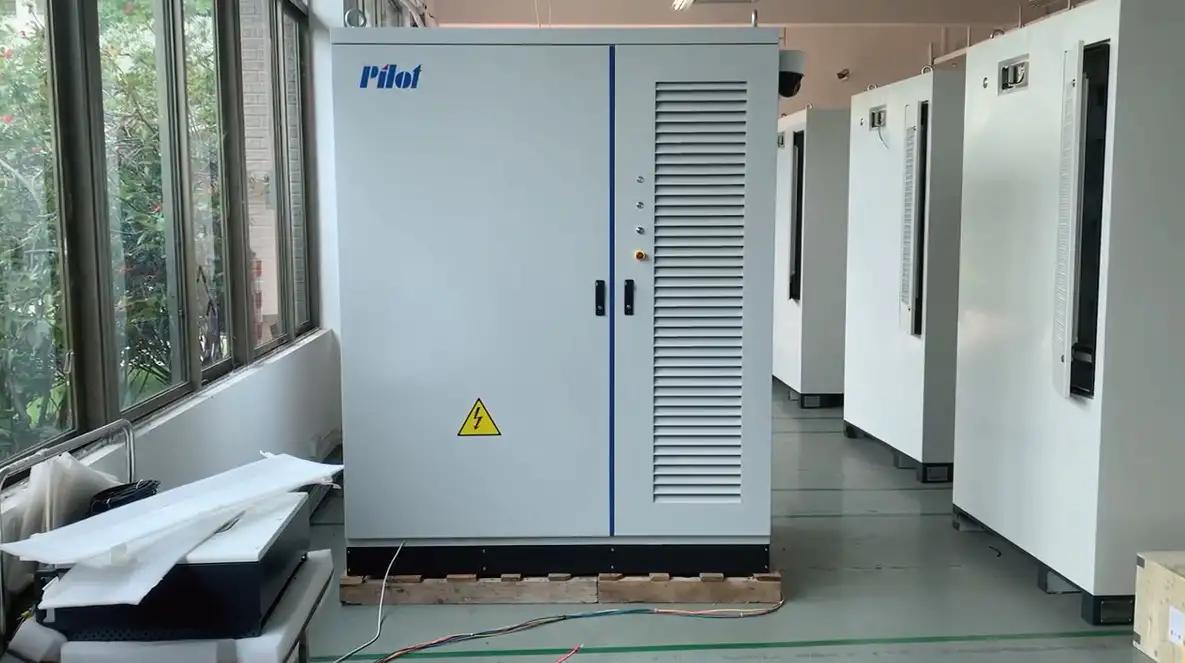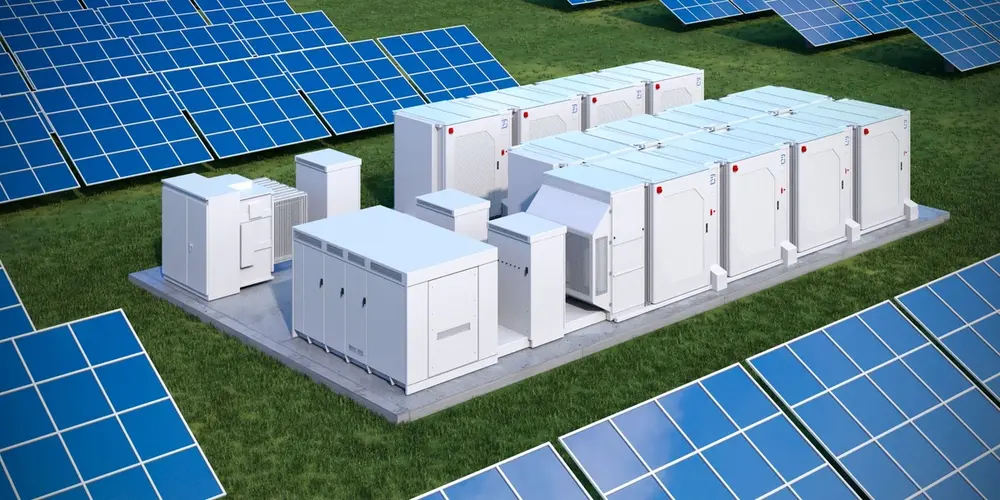
Products
Fast, Reliable, Everywhere

Solutions
Efficient, Innovative EV Charging Solutions.
News
We are committed to the innovation and application of EV charging.
Traditionally, refueling was limited to gas stations. However, with electric vehicles (EVs) on the rise, charging is becoming possible anywhere a vehicle is parked — unlocking valuable opportunities for businesses to enter the EV charging space.
One of the biggest challenges to EV adoption is range anxiety — the fear of running out of power without a nearby charging option. Strategically placed DC fast charging stations can directly address this issue, making EV ownership more convenient and accessible.
As the EV market continues to grow, organizations are increasingly exploring investments in DC fast charging solutions to meet the rising demand.
Direct current (DC) fast charging — also known as Level 3 charging — is the most powerful and time-efficient method of charging electric vehicles. DC chargers can deliver power outputs from 50 kW up to 400 kW, enabling EVs to gain up to 480 kilometers (298 miles) of range in about an hour, depending on battery and vehicle specifications.
Compared to alternating current (AC) charging, which typically takes several hours, DC charging drastically reduces wait times, making it an ideal solution for high-traffic locations.
EV batteries can only store energy in DC form. Since the electrical grid supplies AC power, a conversion is required. In AC charging, the conversion takes place inside the vehicle, often limiting the power capacity. DC chargers, on the other hand, convert power externally within the charging station itself, allowing for much faster energy transfer.
DC fast chargers require a higher upfront investment than AC units. The cost depends on several factors such as power output, site location, and installation complexity. On average, a single DC station costs around €50,000, excluding installation, which may add 30-50% to the total project budget.
There are two main architectures:
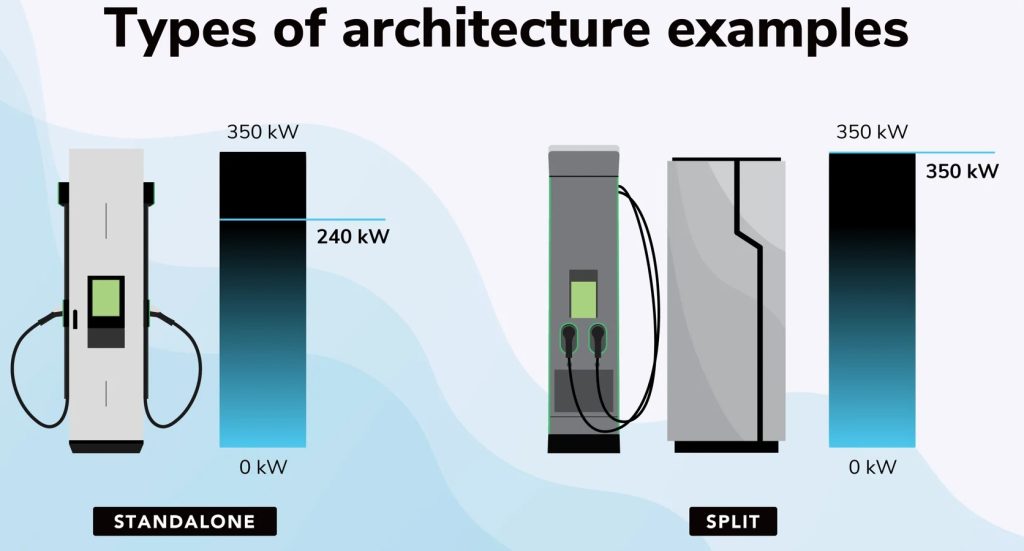
All-in-one charging units that integrate power electronics, converters, and user interface. These are ideal for compact locations and can deliver up to 400 kW.
These feature separate power units (often installed indoors) and user units (station interface). They support higher outputs, up to 600 kW, and provide flexibility in installation but require more space and cabling.
Standalone Stations are suited for highways, gas stations, and fast-turnover sites due to simpler installation and independent operation.
Split Systems are better for malls, commercial parking, or hospitality venues that need multiple charging points in one location and flexible station placement.
DC stations come with integrated cables, often thicker to manage high power delivery. Some cables feature active cooling to maintain performance and prevent overheating. It's important to understand that the advertised maximum power output is shared across all connected vehicles. For instance, a 240 kW charger connected to two vehicles may deliver 120 kW to each.
Not all EVs support the same charging rates or connector types. While most modern EVs use CCS (Combined Charging System), regions differ:
Europe/US: CCS1 or CCS2
Tesla: Proprietary NACS (North American Charging Standard), recently opened to third parties
China: GB/T
Japan: CHAdeMO (used by Nissan and Mitsubishi)
Offering multiple connector types increases accessibility and user satisfaction.
DC fast chargers are not just a technical upgrade — they represent a significant business opportunity. As EV adoption accelerates globally, offering fast and convenient charging can attract new customers, extend their visits, and improve loyalty.
To succeed, businesses should consider factors like site layout, expected traffic, user behavior, and future scalability. Investing in the right hardware — standalone or modular — ensures long-term value while positioning your brand as a leader in sustainable mobility.
